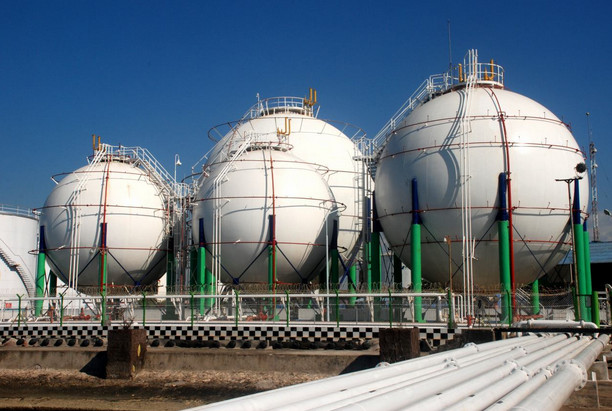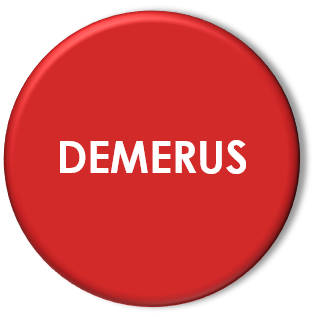 The only mercaptan compounds in LPG are methyl and ethyl mercaptans (CH3SH and C2H5SH). LPG sweetening is carried out solely by alkaline method. Amine hydrogen sulfide removal from LPG precedes alkaline sweetening process. Sweetening process is the extraction of mercaptans from LPG with alkaline solution (reaction 1) with subsequent regeneration of alkali in the presence of atmospheric oxygen and phthalocyanine catalyst (reaction 2):
The only mercaptan compounds in LPG are methyl and ethyl mercaptans (CH3SH and C2H5SH). LPG sweetening is carried out solely by alkaline method. Amine hydrogen sulfide removal from LPG precedes alkaline sweetening process. Sweetening process is the extraction of mercaptans from LPG with alkaline solution (reaction 1) with subsequent regeneration of alkali in the presence of atmospheric oxygen and phthalocyanine catalyst (reaction 2):
RSH + NaOH = RSNa + H2O (1)
2RSNa + 0,5O2 + H2O → RSSR + 2NaOH (2)
Extraction reaction (1) is exothermic and reversible. Increasing temperature, the reaction shifts towards the formation of starting materials. Oxidation reaction (2) is exothermic and irreversible. The reaction rate is higher, the higher activity of catalyst and concentration of oxygen in an aqueous alkaline medium. As an alkali regeneration catalyst in Russia mainly used heterogeneous phthalocyanine catalysts of KSM series. Also useful, homogeneous catalysts dissolved in an alkaline solution.
In recent years tightening of requirements for the residual content of total sulfur in gasoline to Euro-4 and Euro-5 standards caused toughening of requirements for total sulfur content in LPG (less than 0.001% wt.), as of LPG is a raw material for the production of alkylates and MTBE.



